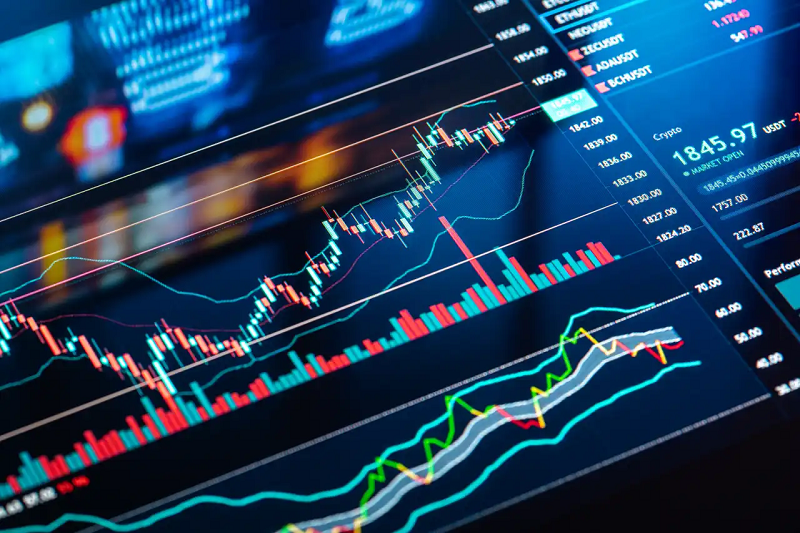EUR/JPY remains range-bound below 181.00 as hawkish BoJ bets counter ECB optimism

- EUR/JPY attracts some buyers on Wednesday, though it lacks follow-through amid mixed cues.
- Reviving December BoJ rate hike bets underpin the JPY and act as a headwind for spot prices.
- A weaker USD and relatively hawkish ECB expectations underpin the EUR, supporting the cross.
The EUR/JPY pair struggles to capitalize on a modest intraday uptick on Wednesday and remains below the 181.00 round figure through the Asian session. Meanwhile, mixed fundamental cues keep spot prices confined in the weekly range and warrant some caution before placing aggressive directional bets.
The Japanese Yen (JPY) gets a minor lift after reports indicated that the Bank of Japan (BoJ) has intentionally shifted messaging to highlight the inflationary risks of a persistently weak domestic currency and that a December rate hike remains a live option. This comes on top of Japan's Services Producer Price Index, which rose 2.7% in October from a year earlier and suggested that the BoJ remains on the cusp of durably meeting its 2% inflation target. This reaffirms hawkish BoJ expectations and underpins the JPY, capping the upside for the EUR/JPY cross.
The JPY bulls, however, seem reluctant amid concerns about Japan's ailing fiscal position on the back of Prime Minister Sanae Takaichi’s pro-stimulus stance. Furthermore, the prevalent risk-on mood – as depicted by a generally positive tone around the equity markets – contributes to capping the safe-haven JPY. The shared currency, on the other hand, benefits from a broadly weaker US Dollar (USD) and seems unaffected by the second estimate of German GDP, which showed that the Eurozone's largest economy remained stagnant in the third quarter of 2025.
Investors, however, seem convinced next year’s full-scale fiscal stimulus should be enough to finally improve conditions for the German economy. Germany's 2026 draft budget projects around €525 billion in spending, marking a significant increase over the previous year. This, along with expectations that the European Central Bank (ECB) is done cutting interest rates, could underpin the Euro (EUR) and support the EUR/JPY cross. Traders now look to scheduled speeches from ECB's chief economist Philip Lane and President Christine Lagarde for a fresh impetus.
Euro FAQs
The Euro is the currency for the 20 European Union countries that belong to the Eurozone. It is the second most heavily traded currency in the world behind the US Dollar. In 2022, it accounted for 31% of all foreign exchange transactions, with an average daily turnover of over $2.2 trillion a day. EUR/USD is the most heavily traded currency pair in the world, accounting for an estimated 30% off all transactions, followed by EUR/JPY (4%), EUR/GBP (3%) and EUR/AUD (2%).
The European Central Bank (ECB) in Frankfurt, Germany, is the reserve bank for the Eurozone. The ECB sets interest rates and manages monetary policy. The ECB’s primary mandate is to maintain price stability, which means either controlling inflation or stimulating growth. Its primary tool is the raising or lowering of interest rates. Relatively high interest rates – or the expectation of higher rates – will usually benefit the Euro and vice versa. The ECB Governing Council makes monetary policy decisions at meetings held eight times a year. Decisions are made by heads of the Eurozone national banks and six permanent members, including the President of the ECB, Christine Lagarde.
Eurozone inflation data, measured by the Harmonized Index of Consumer Prices (HICP), is an important econometric for the Euro. If inflation rises more than expected, especially if above the ECB’s 2% target, it obliges the ECB to raise interest rates to bring it back under control. Relatively high interest rates compared to its counterparts will usually benefit the Euro, as it makes the region more attractive as a place for global investors to park their money.
Data releases gauge the health of the economy and can impact on the Euro. Indicators such as GDP, Manufacturing and Services PMIs, employment, and consumer sentiment surveys can all influence the direction of the single currency. A strong economy is good for the Euro. Not only does it attract more foreign investment but it may encourage the ECB to put up interest rates, which will directly strengthen the Euro. Otherwise, if economic data is weak, the Euro is likely to fall. Economic data for the four largest economies in the euro area (Germany, France, Italy and Spain) are especially significant, as they account for 75% of the Eurozone’s economy.
Another significant data release for the Euro is the Trade Balance. This indicator measures the difference between what a country earns from its exports and what it spends on imports over a given period. If a country produces highly sought after exports then its currency will gain in value purely from the extra demand created from foreign buyers seeking to purchase these goods. Therefore, a positive net Trade Balance strengthens a currency and vice versa for a negative balance.







